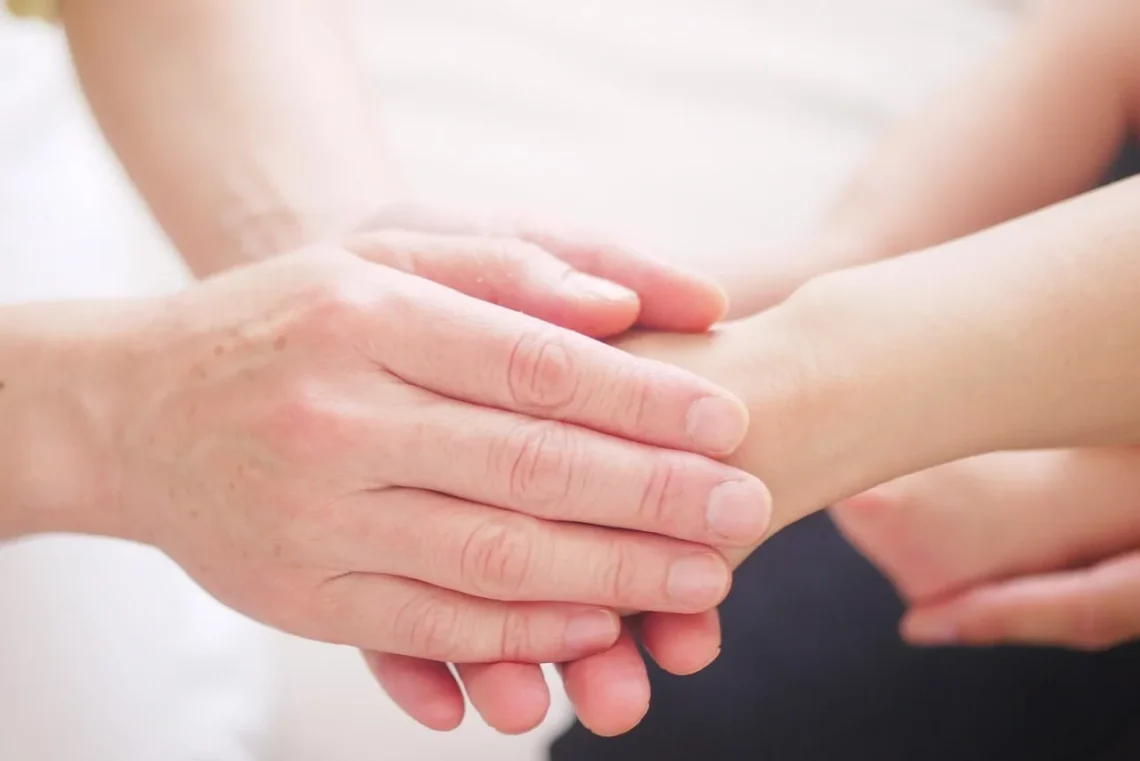
Surviving Suicide Tattoos: A Journey of Healing and Hope
Surviving suicide is a profound struggle that many individuals face, often leaving behind scars that are both visible and invisible. The journey toward healing can be incredibly complex, filled with moments of despair and glimmers of hope. For some, tattoos emerge as a powerful form of expression and a means of reclaiming their narrative. Each tattoo can symbolize a personal story, a loss endured, or a commitment to healing.
The act of getting a tattoo can serve many purposes: it can mark significant milestones in recovery, memorialize lost loved ones, or simply act as a reminder of resilience in the face of adversity. These tattoos often carry deep meanings, transforming pain into art. They become an integral part of one’s identity, reflecting the struggles and triumphs experienced along the way.
In a world that often stigmatizes mental health struggles, such forms of self-expression can foster community and understanding. Survivor tattoos can help break the silence surrounding suicide, encouraging conversations that are essential for healing. As individuals navigate their paths, these tattoos may serve as beacons of hope, reminding them that they are not alone in their journey.
Finding Meaning in Ink
The process of selecting a tattoo after surviving suicide can be an emotional yet liberating experience. For many, it begins with a desire to find meaning in their pain. This desire often leads to a deep exploration of personal symbols, quotes, or images that resonate with their experiences.
Some individuals choose symbols that represent life, such as butterflies, phoenixes, or trees, signifying rebirth and resilience. Others might opt for words or phrases that encapsulate their journey, such as “survivor,” “hope,” or “strength.” These tattoos serve as daily reminders of their battles and victories, helping to cultivate a sense of purpose.
Moreover, the act of getting a tattoo can also be therapeutic. Many find that the physical pain of tattooing provides a moment of distraction from emotional turmoil. It can be a way to externalize internal struggles, making the invisible visible. This cathartic experience can foster healing, allowing individuals to reclaim their bodies and narratives in a way that feels empowering.
Additionally, the tattooing community often becomes a support network. Artists who specialize in tattoos for survivors understand the emotions involved and can create a safe space for individuals to share their stories. This connection can be incredibly healing, as it allows survivors to express themselves freely and authentically.
The Role of Tattoos in Healing
Tattoos play a significant role in the healing process for many who have faced suicidal thoughts or actions. They can serve as a form of self-affirmation, helping individuals reclaim control over their bodies and lives. Each tattoo can symbolize a step forward in the healing journey, marking moments of bravery, acceptance, and growth.
For some, tattoos provide a tangible way to cope with grief, especially when they have lost loved ones to suicide. Memorial tattoos can honor the memory of those who have passed, ensuring that their legacy continues to live on. Choosing to commemorate a loved one can be an essential part of the grieving process, allowing for a personal connection that transcends loss.
Moreover, survivor tattoos can challenge societal stigma surrounding mental health. They become conversation starters, enabling individuals to share their stories and experiences with others. This openness can foster understanding and empathy, potentially helping to reduce the stigma associated with mental health struggles.
The visibility of these tattoos can also empower others who are suffering. Knowing that someone else has gone through similar experiences can provide hope and encouragement. It encourages individuals to seek help and talk about their feelings, reinforcing the idea that they are not alone in their struggles.
As tattoos become more accepted as a form of self-expression, they continue to evolve into symbols of solidarity and resilience. They represent a community of survivors who are willing to share their stories and support one another in a world that often remains silent on the topic of suicide.
Choosing the Right Tattoo Artist
Selecting the right tattoo artist is a crucial step in the tattooing process, especially for survivor tattoos. It is essential to find an artist who understands the significance of the design and the emotions behind it. A good artist will not only create a beautiful piece of art but will also provide a supportive and safe environment for the client.
Researching potential artists is vital. Look for portfolios that showcase a range of styles and themes, particularly those that reflect emotional and symbolic designs. Reading reviews and testimonials can also provide insight into an artist’s professionalism and ability to connect with clients on a personal level.
It’s equally important to have open conversations with the artist about your vision and the meaning behind the tattoo. This dialogue can help ensure that the final design aligns with your expectations and emotional needs. A compassionate artist will listen carefully and offer suggestions that enhance your ideas while remaining sensitive to your experience.
Additionally, consider the environment of the tattoo studio. A clean, welcoming atmosphere can significantly impact your overall experience. It’s crucial to feel comfortable and safe, especially when dealing with such personal and emotional subject matter.
Lastly, don’t hesitate to ask questions about the process, aftercare, and any concerns you may have. A professional artist will be more than willing to provide information and reassurance, helping to make your tattoo journey as smooth and positive as possible.
Community and Support After Tattooing
After getting a tattoo, many individuals find solace in connecting with others who have similar experiences. The tattoo itself can open doors to conversations and relationships that may not have existed otherwise. Sharing stories within a community of survivors can reinforce the idea that healing is a collective journey.
Social media platforms have become invaluable resources for connecting with like-minded individuals. Many groups and forums exist where survivors can share their tattoo stories, offer support, and encourage one another in their healing journeys. These online spaces can provide a sense of belonging, helping individuals feel less isolated in their experiences.
In-person support groups may also be available in local communities, providing additional opportunities for connection. These gatherings can be particularly therapeutic, allowing individuals to share their experiences in a safe and understanding environment. The shared understanding of struggles can foster deep connections, promoting healing and strength within the community.
Furthermore, many tattoo conventions and events focus on mental health awareness, offering places for survivors to come together, celebrate their journeys, and share their stories. These events can serve as powerful reminders of resilience and hope, reinforcing the idea that healing is possible and that support is always available.
As individuals continue to navigate their journeys, the connections formed through tattooing can provide ongoing encouragement and motivation. The community becomes a vital resource, reminding survivors that they are not alone and that healing is a continuous process.
In conclusion, tattoos can serve as powerful symbols of healing and hope for those who have survived suicide. They represent a journey filled with meaning, connection, and resilience. For anyone experiencing mental health challenges, it’s essential to seek professional help, and remember that this article is not a substitute for medical advice. Always consult a healthcare professional regarding any health concerns.




